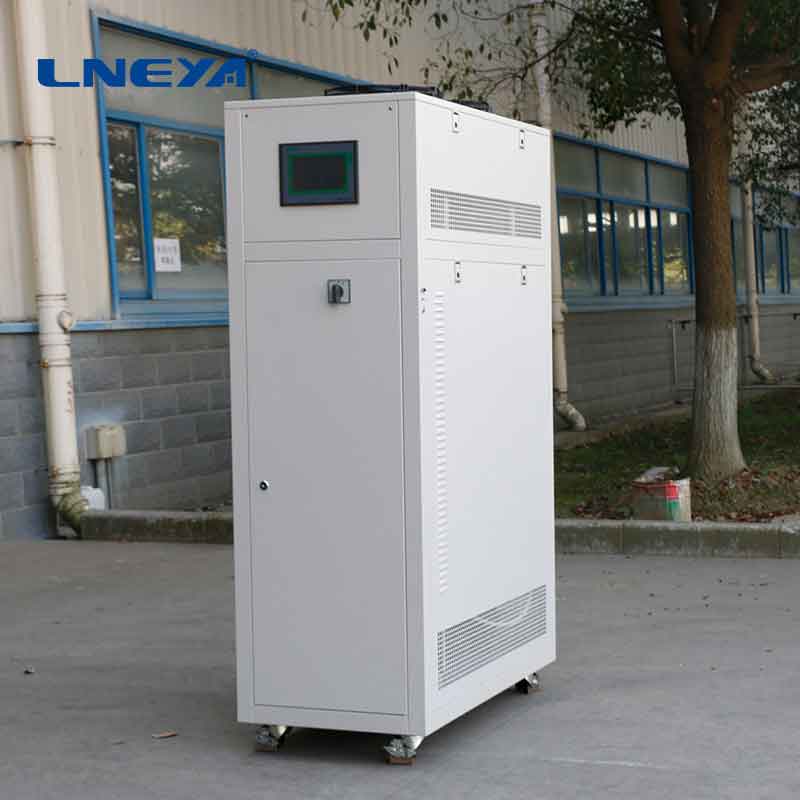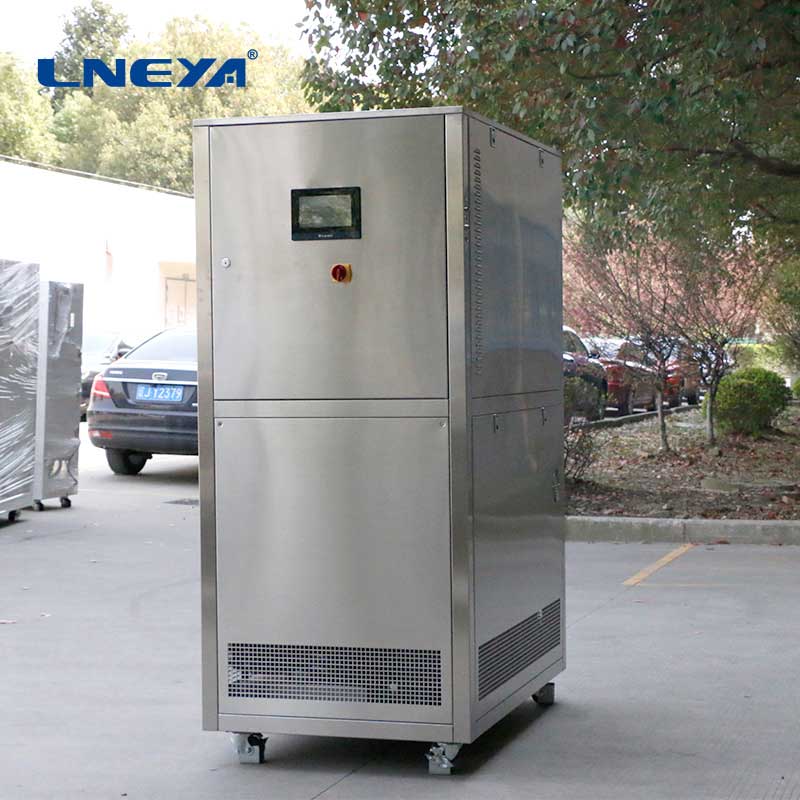air circulation heater
Understanding Air Circulation Heaters
Air circulation heaters play a vital role in various industrial processes where controlled heating of gases or fluids is required. These heaters are designed to efficiently heat gases, particularly at low-flow rates and relatively high temperatures. They are used in applications such as air/gas superheating, oil pre-heating, steam superheating, and fuel pre-heating, among others.

Working Principle
Air circulation heaters work on the principle of transferring heat to a moving fluid stream. The fluid, whether it is a liquid or gas, flows through the heater, and the heater transfers heat to the fluid. This process can be configured for direct heating, where the process fluid circulates directly through the heater, or for indirect heating, where a thermal fluid is circulated through a heat exchanger to radiate thermal energy into a system.
Advantages of Air Circulation Heaters
Efficient Heat Transfer: Circulation heaters are designed to maximize the surface area available for heating, resulting in rapid and uniform heat distribution. This ensures that the process stream is heated quickly and consistently to the desired temperature.
Precise Temperature Control: Industrial processes often require precise temperature control to ensure product quality and process efficiency. Circulation heaters offer excellent temperature control capabilities, allowing operators to maintain a specific temperature range with accuracy and consistency.

Reduced Maintenance Downtime: Maintenance downtime can significantly impact productivity and profitability in industrial settings. Circulation heaters are designed for easy access and maintenance, minimizing downtime during routine inspections or repairs.
Cost-Effective Heating Solution: Circulation heaters offer a cost-effective heating solution for industrial applications. Their energy efficiency, precise temperature control, and longevity contribute to reduced energy consumption, operational costs, and replacement expenses.
Environmental Considerations: Circulation heaters align with environmental objectives by minimizing energy waste, using renewable energy sources, and reducing emissions. The use of environmentally friendly insulation materials and coatings further enhances their eco-friendly profile.
Scalability and Flexibility: As industrial processes evolve and expand, the heating requirements may change. Circulation heaters offer scalability and flexibility to accommodate evolving needs, ensuring long-term suitability for industrial operations.

Applications of Air Circulation Heaters
Air circulation heaters are used in a wide range of applications, including but not limited to:
Heating of gases or vapors
Heating of clean water, process waters, and high-purity waters
Heating of lightweight and heavy-weight oils
Heating in industrial ovens, molding operations, extrusion lines, and dryers
Difference from Traditional Fans
Unlike traditional fans that simply blow air directly, air circulation heaters create an oscillating draft that helps maintain a constant room temperature by eliminating cold and warm spots. They are particularly effective when used in conjunction with air conditioning or heating systems, as they can distribute cool or warm air more evenly throughout a space.
Conclusion
Air circulation heaters are a versatile and efficient choice for industrial heating applications. Their ability to provide precise temperature control, reduced maintenance requirements, and cost-effective operation makes them an ideal solution for a variety of processes. By understanding the advantages and applications of air circulation heaters, industries can optimize their heating processes for improved efficiency and productivity.
Related recommendations
3 ton chiller price
667Understanding the Pricing of 3-ton Water Chillers Water chillers are essential for various industrial and commercial applications, including air conditioning, refrigeration systems, and process...
View detailswater bath with thermostat
290Introduction A water bath with a thermostat is a device designed to maintain a constant temperature within a water - filled chamber. It is widely used in various fields, from scientific resear...
View detailswater cooled chiller installation
335Pre-installation PlanningSite SelectionThe first crucial step in water-cooled chiller installation is choosing the right location. The chiller unit and the cooling tower should be placed in an a...
View detailsHow to Extend the Life of the Water Cooled Chiller?
1304How to Extend the Life of the Water Cooled Chiller? After customers use the chiller for a long time, if they do not carry out good maintenance, it is inevitable that various failures will oc...
View details
 LNEYA Chiller
LNEYA Chiller






HelloPlease log in